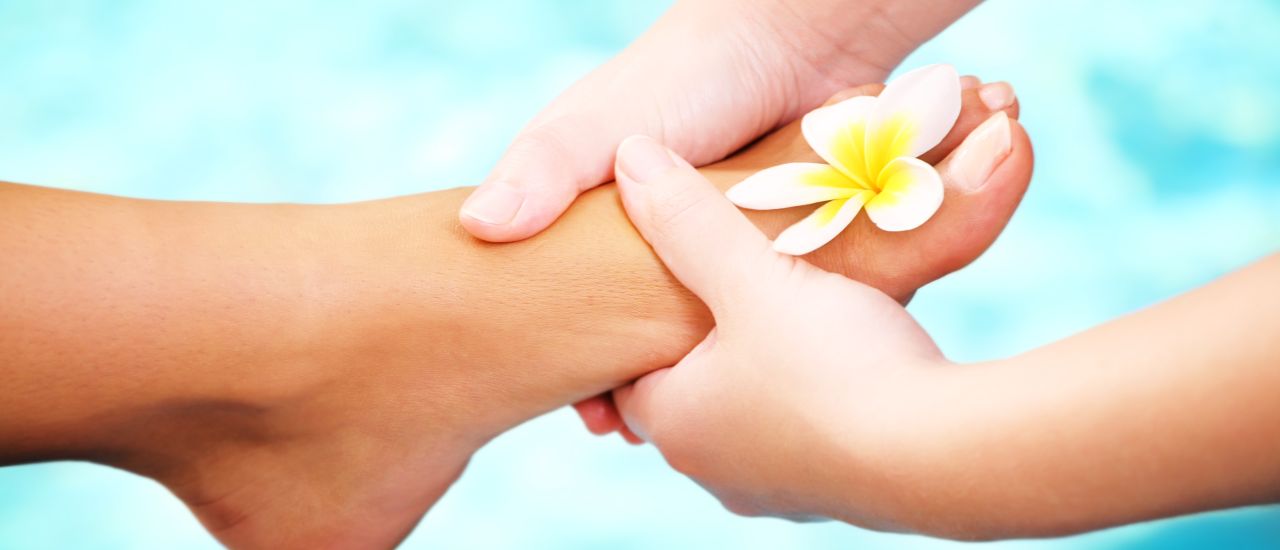The foot is made up of 26 bones and 33 joints, making a good secure base for your body. Problems with this base means problems for your knees, hips and back, pain and difficulty walking making a big impact on your life.
Let’s have a look at some of the more common foot problems:
1. Arch pain
Pain in the arch (sole) of your foot means there is inflammation in this area. The Plantar Facia is a thick band of tissue in the sole of your foot that runs from the heel to the forefoot, and irritation of this band leads to Plantar Fasciitis – the most common cause of foot pain. Having flat feet, poor choice of foot wear and being overweight all contribute to this condition. If left, this can cause further issues besides pain and disability – a heel spur may develop.
2. Heel spurs
Your heel bone is the largest bone in your foot and takes most of the pressure in your foot. A spur is a little growth of extra bone on the heel that happens when the tissue in the sole of the foot (the plantar facia) is stretched, irritated and inflamed over a long period of time. Flat feet and high heeled shoes are 2 of the main reasons behind this.
3. Bunions
By wearing shoes that are too small, that has a toe area that is constricting and that force the toes together to fit the shape of the shoe, is the main cause of developing a bunion. Not surprisingly this is something that happens more commonly in women – those high heel shoes again ladies! A bunion is a bump at the base of your big toe caused by the bone being forced outwards and the big toe being forced in towards the other toes, often starting to fold in under or over the second toe. Pain, swelling of the toe and difficulty in walking are common symptoms.
4. Corns
Corns are small areas of hardened thickened dead skin that occur on the tops, sides or tips of your toes. They have a cone like centre that can press on nerves causing pain and discomfort. Again, ill fitting shoes, high heels and toe deformities are the leading cause of this condition. Corns can get very inflamed and even become open sores.
5. Calluses
Calluses are similar to corns in that they are also hardened, thick areas of skin. They form in response to excessive pressure on certain areas of the foot: the ball of the foot, heel and/or inside of the big toe. They are usually not painful but if deep seated they can be. High heels, being overweight, shoes that are too small can all contribute to callus formation.
6. Fungal infections (Athletes foot and fungal nail infections)
The foot is an ideal place for fungal infections as they are often warm and moist (from being in shoes and socks and sweating). Public Showers, gyms, swimming pool change rooms are common places where the fungal infection is picked up – this is why it’s so important to make sure you wash and dry your feet completely after being in these places! Athlete’s foot presents as itchy red patches between the toes and on the sides of the feet. Fungal infections spread easily and often will affect the toe nails too. If you scratch these areas and then touch other parts of your body you could spread the infection elsewhere.
What can I do?
From what you have just heard you can see that many foot health problems come from not wearing proper shoes and generally not taking care of your feet. This is good news as in most cases problems can be prevented, and others can be solved quite easily by making some simple changes:
- Make sure to wear socks from natural fabric, like cotton, to help prevent fungus and foot infections.
- Visit a podiatrist or physio to ensure you’re wearing appropriate shoes.
Strengthening your feet can help prevent problems in the knees and hips, so a biomechanical assessment from a physio or biokineticist may help with this.
Have you got any questions about foot health that you would like answered? Why not get hold of one of our doctors! Or if you are concerned that you may have one of the above conditions see your GP for more information and treatment.

